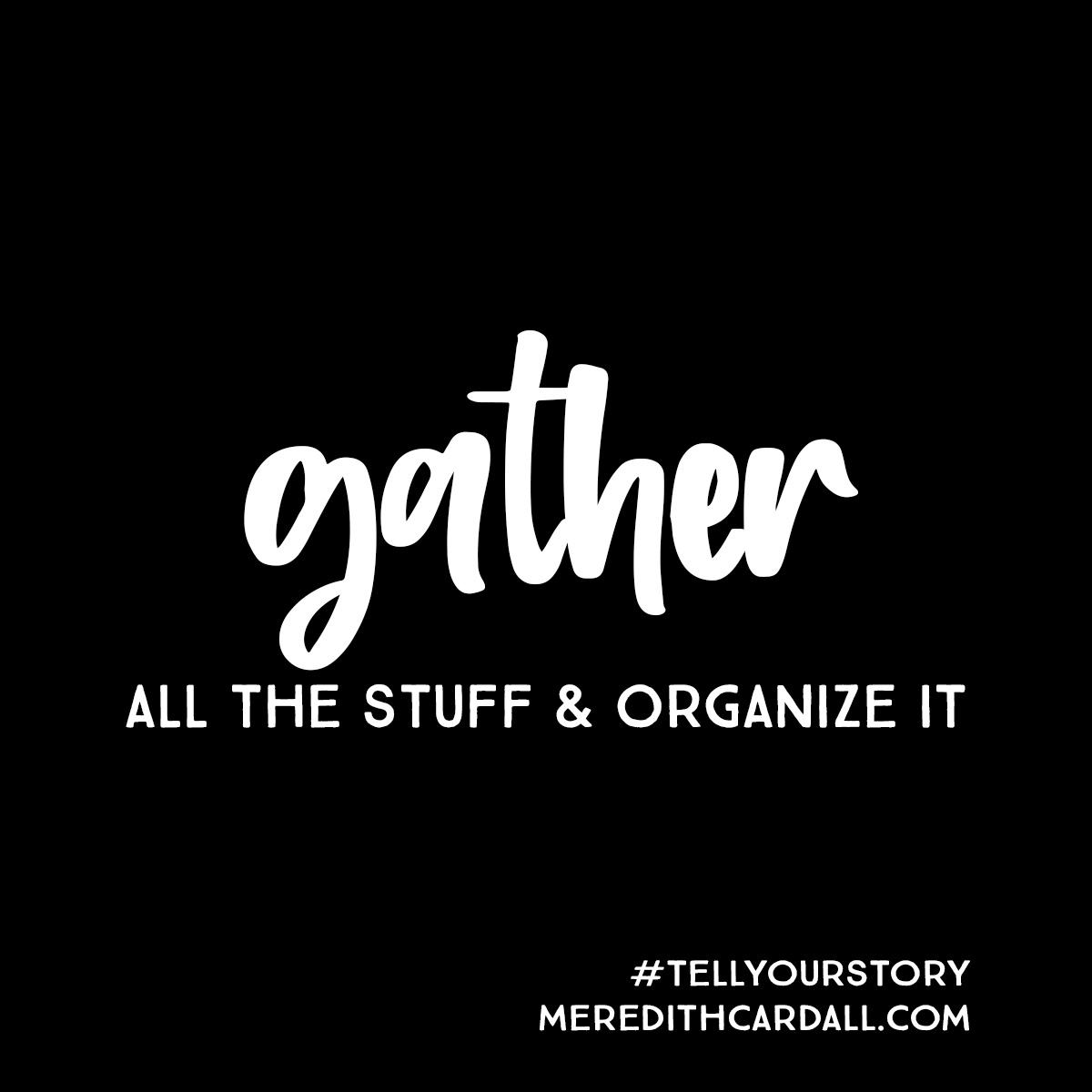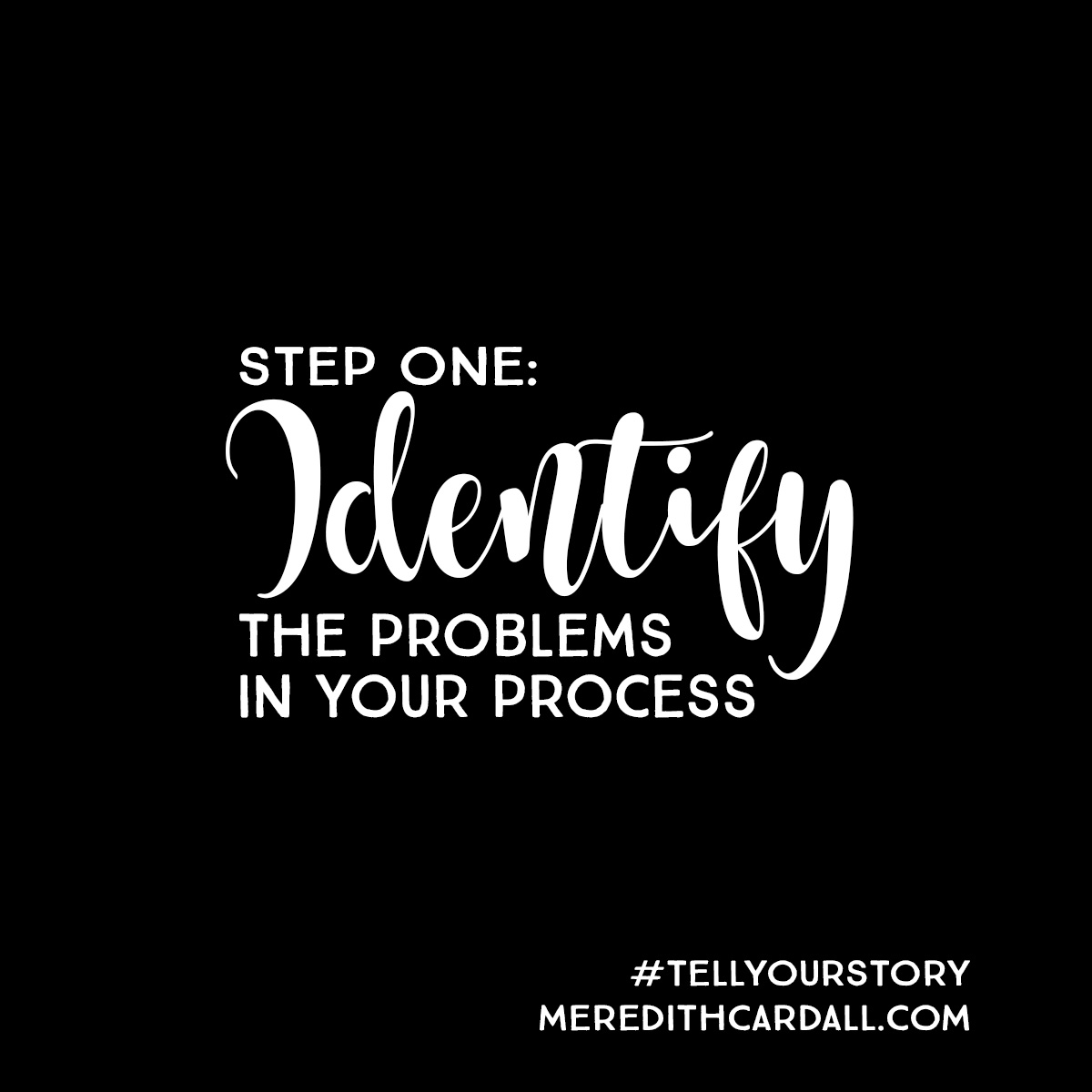This was written for a blog post in June 2017, and never published.
You may remember, Problem #4 was that I have pieces of memorabilia and photos scattered throughout my house.
As I do my organizing & cleaning this spring & summer, I am purposefully seeking out and gathering all of the old journals, planners, calendars, photos and memorabilia that I have stashed in various spots throughout the house into one easily accessible spot in the house. If an item is dated or if I can quickly determine the date, the items get filed in monthly file folders. Anything that’s too large for a file folder or if I can’t determine the date it gets placed in a bin next to my desk. Sunday evenings are my memory keeping and story-telling time. Most of that time I can be found scrapbooking. Two Sunday evenings a month I dedicate at least some of my time to getting organized. At the beginning of each month, I make sure that all of the photos from the previous month are tagged in Lightroom and backed up to my external hard drive. I recently added Google Photos, Prime Photos and DropBox to my back up list. I am in love with Google Photos. I also continuously back everything up with Backblaze, which has saved me several times. My other Organization Sunday rotates to whichever Sunday I just don’t feel like scrapbooking. That’s when I go through the bin next to my desk and try to determine dates for the old photos and memorabilia. When I can determine the date, I file it in its monthly file folder. If I have time or if I find really something really important, I will scan or photograph it that night as well. For documents or pieces of kids’ artwork that I want to include in our family album, I take a photo with my Samsung phone camera on my white desk. If it’s a photo or an important document I scan it using my 10 year old Epson Perfection 4490 Photo Scanner. That scanner is amazing! I scan documents at 600ppi and important photos at 1200ppi.
Just before Christmas, while I was cleaning out our extra bedroom/storage room in the basement, I found a box of letters my granny wrote to me while I was in college. I was taking a Family History class and asked her to write me letters about her life so that I could write her biography. She wrote me a few letters with enough information to write my required 5-page biography of her life. After I finished the class, the letters kept coming. They were more detailed and jumped around to different parts of her life. I read each letter and loved receiving them, but my 20-year-old-self didn’t do anything else with those letters. So, my organization Sundays in November and December were spent scanning and backing up those priceless letters from my now-deceased Granny. I haven’t done anything else with them, but finding those letters started this urgency within me to tell our family story, and to back it up! What else do I not have digitized?! My goal is that when my grandkids ask for information to write a biography, I can point them to the rows of completed scrapbooks, or I can email them completed pages, and we can sit down together and I can show them our story, not only the good and fun things, but also what we learned from the things that maybe weren’t so good. I can’t think of anything better.


